



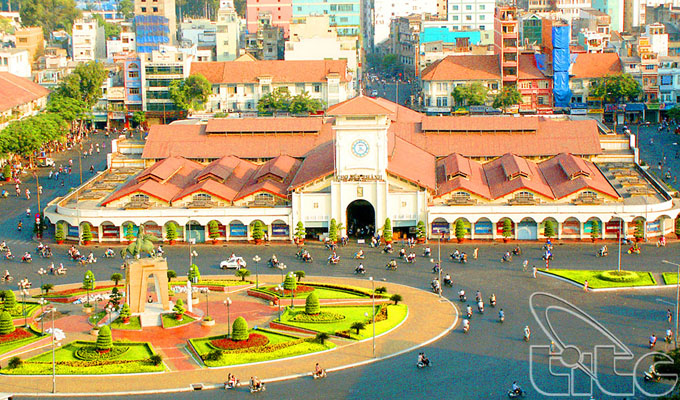
Le marché Bên Thành est situé au cœur du 1er arrondissement. Sa construction a débuté en 1912 et s'est achevée en mars 1914. Il a fait l'objet d'une restauration en 1985. Mais la surface du marché et la tour de...

Situated at 339 Nam Ky Khoi Nghia Street, District 3 (just near Cong Ly Bridge), this biggest Mahāyāna Buddhist pagoda in Ho Chi Minh City, is rather a young pagoda. In 1964, when monks Thich Tam Giac and Thich Thanh Kiem from the North came there to spread Buddhism, Vinh Nghiem Pagoda...
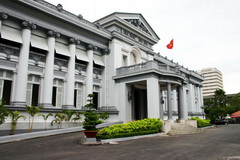
Le musée de Ho-Chi-Minh-Ville (en vietnamien : Viện bảo tàng Thành phố Hồ Chí Minh) est un musée historique d'Ho-Chi-Minh-Ville, la plus grande ville du Viêtnam. Il est situé près du Palais de la réunification, au carrefour...

The resplendent Governor's Palace, completed in 1875, symbolized the regime's political power in Asia. And five years later, the Duc Ba (Our Lady's) Cathedral was inaugurated, and became the spiritual and cultural crucible of the French presence in the OrientCet ouvrage a...
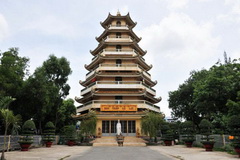
Giac Lam is one of the oldest pagodas in Ho Chi Minh City. Originally, it was built by Ly Thuy Long – a native Minh Huong, in 1744, as a gathering place during Lunar New Year. The new-built temple was like a scenic lookout overlooking Gia Dinh Market while the area was still undeveloped and...

Located in Can Gio District, Vam Sat lies between the two rivers Vam Sat and Long Tau. The area used to belong to Dong Nai Province before being merged into Ho Chi Minh City in 1978. During resistance war against American invaders, Vam Sat was destroyed by bombs and defoliants, yet...
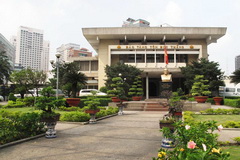
C'est en toute discrétion que le modeste musée Ton Duc Thang se donne à voir dans une rue éponyme. Peu fréquenté, l'établissement n'en demeure pas moins intéressant d'un point de vue historique. En effet, ce...

Située dans l’arrondissement de Thu Duc sur une superficie de 20 ha, Suôi Tiên est l'une des zones de loisirs les plus populaires pour les habitants de Hô Chi Minh-Ville. Cet endroit a été construit en s'inspirant des animaux sacrés des...
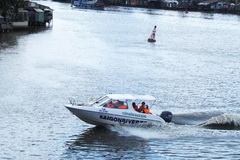
Saigon River Express provides you with many different tours visiting different areas in Southern Vietnam. The transportation is usually water taxi and ferry. There are two popular tours at Saigon River Express: Cu Chi Tunnel Tour andMekong Delta Tour. On Cu Chi Tunnel Tour, you will get...
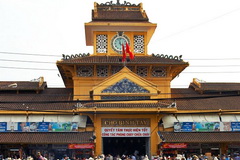
Cholon (« grand marché » en vietnamien) est situé au sud-ouest du centre ville de Hô Chi Minh-Ville, à cheval sur les districts (quan) 5 et 6, et correspond au quartier chinois de la ville. Avec ses enseignes en idéogrammes chinois et des masses...

Soyez le premier à connaître nos offres de voyage exclusives et les nouveaux circuits !.